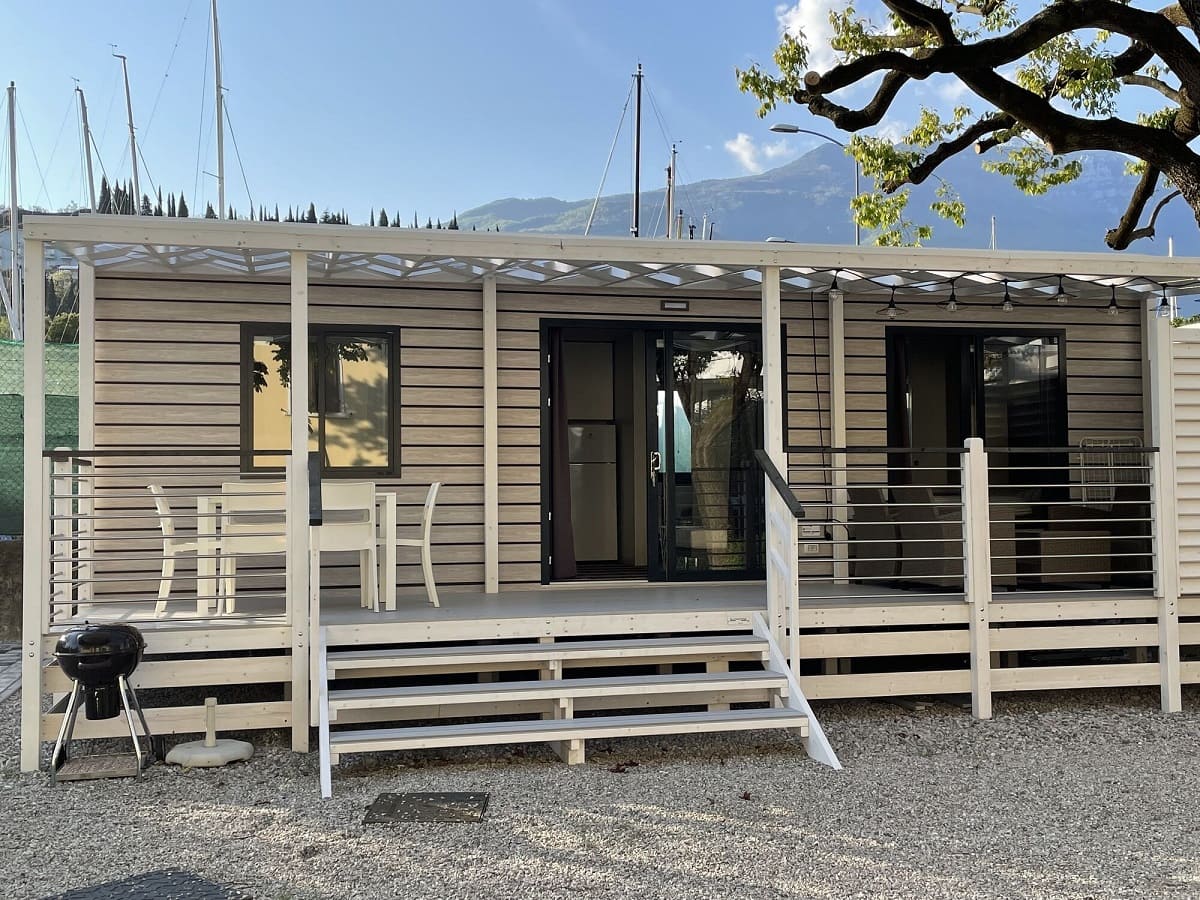

Articles
How To Build Stairs For A Mobile Home
Modified: August 17, 2024
Learn how to build stairs for your mobile home with our informative articles. Find step-by-step guides and expert tips to create a safe and functional staircase.
(Many of the links in this article redirect to a specific reviewed product. Your purchase of these products through affiliate links helps to generate commission for Storables.com, at no extra cost. Learn more)
Introduction
Welcome to the comprehensive guide on how to build stairs for a mobile home. If you own a mobile home or are thinking of purchasing one, it’s essential to have safe and sturdy stairs that provide easy access to your home. Building stairs for a mobile home is slightly different from traditional construction, as mobile homes may have specific height requirements and unique foundations.
By following the steps outlined in this guide, you will learn how to measure and prepare the area, gather the necessary materials and tools, construct a base platform, and attach the steps securely. We will also cover how to install a handrail, add a finishing touch with paint or stain, and take safety precautions to ensure the longevity and stability of your stairs.
Before we begin, it’s crucial to note that building codes and regulations vary by location. It’s recommended to check with your local building department or mobile home manufacturer for any specific requirements or permits needed for construction. Safety should always be the top priority when building any structure, so proceed with caution and seek professional help if needed.
Now, let’s dive into the step-by-step process of building stairs for your mobile home.
Key Takeaways:
- Building stairs for a mobile home requires precise measurements, sturdy construction, and attention to safety. From preparing the area to adding finishing touches, each step contributes to a secure and aesthetically pleasing entrance.
- Safety is paramount when building mobile home stairs. Adhering to local building codes, implementing safety precautions, and regular maintenance are essential for creating a durable and welcoming staircase.
Read more: How To Build Stone Stairs
Step 1: Measure and Prepare the Area
The first step in building stairs for a mobile home is to accurately measure and prepare the area where the stairs will be installed. This will ensure that your stairs fit properly and comply with any height or width regulations.
Start by measuring the height from the ground to the entrance of your mobile home. This will be the primary factor in determining the number of steps you need. Generally, a rise of 7-8 inches per step is recommended for comfort and safety. Divide the total height by the desired rise to determine the number of steps needed.
Next, measure the width of the entrance to determine the width of your stairs. It’s crucial to ensure that your stairs are wide enough for safe passage. The minimum recommended width for residential stairs is 36 inches, but you may want to consider wider stairs if you have the space.
Once you have the measurements, mark out the area where the stairs will be situated. Use stakes and string to outline the boundaries of your staircase. Clear any vegetation, debris, or obstacles from the area and ensure that the ground is level. It’s essential for the foundation of your stairs to be on a stable and even surface.
If the ground is uneven, you may need to level it using a shovel or a tamper. This will provide a solid foundation for your stairs and prevent any wobbling or instability.
Take into consideration any local building codes or regulations that may dictate specific measurements or requirements for mobile home stairs. Adhering to these guidelines will help ensure that your stairs are safe and compliant.
With the area prepared, you’re now ready to proceed to the next step: gathering the materials and tools necessary for building your stairs.
Step 2: Gather Materials and Tools
Once you have measured and prepared the area for your stairs, it’s time to gather the necessary materials and tools to build them. The materials you will need may vary depending on the design and personal preferences, but here is a general list to get you started:
- Lumber: You will need pressure-treated lumber for the main structure of the stairs, including stringers, treads, and risers. Consider using treated lumber as it provides durability and protection against moisture and rot.
- Screws and nails: Choose screws and nails appropriate for outdoor use and the type of wood you are working with. Galvanized or stainless steel screws and nails are recommended to prevent corrosion.
- Concrete blocks or footings: These will be used as a sturdy foundation for the stairs. The number of blocks or footings depends on the height and width of your stairs.
- Handrail materials: If you choose to install a handrail, you will need handrail posts, balusters, and a top rail. These can be made from wood, metal, or composite materials.
- Level: A spirit or bubble level is essential for ensuring that your stairs are properly aligned and balanced.
- Saw: A circular saw or miter saw will be needed to cut the lumber to the required lengths.
- Drill: A power drill with a drill bit set will be necessary for drilling pilot holes and securing the components together.
- Measuring tape: Accurate measurements are crucial for building stairs, so a measuring tape or ruler is essential.
- Pencil or marker: These will come in handy for marking measurements and making guidelines on the lumber.
- Safety equipment: Don’t forget to prioritize your safety. Wear protective goggles, gloves, and ear protection while working with power tools.
These are just the basic materials and tools you will need. Depending on the complexity of your design, you may require additional items such as brackets, adhesive, paint or stain, and a paintbrush or roller for finishing touches.
It’s important to have all the necessary materials and tools before beginning construction to avoid unnecessary delays and ensure the smooth progress of your project. Take stock of what you have and make a list of anything you still need to purchase or borrow.
With your materials and tools in hand, it’s time to move on to the next step: building the base platform for your stairs.
Step 3: Build the Base Platform
With the materials and tools gathered, it’s time to start building the base platform for your mobile home stairs. The base platform provides a stable and level surface for the rest of the staircase to be built upon.
Here are the steps to build the base platform:
- Calculate the dimensions: Determine the width and depth of your platform by considering the width of your stairs and the desired landing area. Typically, the landing area should be at least as wide as the stairs and extend outwards for a comfortable and safe transition.
- Mark the dimensions: Use a measuring tape, level, and pencil to mark the dimensions on the ground according to your calculations. Ensure that the marks are square and level, as this will determine the stability of the base platform.
- Excavate the area: Clear the marked area and dig a shallow trench that is about 6 inches deep. This trench will provide space to lay gravel or crushed stone for drainage and stability.
- Add gravel or crushed stone: Fill the excavated trench with a layer of gravel or crushed stone and compact it using a tamper or a heavy-duty tool. This will create a solid and level base for your platform.
- Build the frame: Using pressure-treated lumber, construct a frame that matches the dimensions of your base platform. You should have outer boards and cross supports to provide strength and stability. Secure the frame together using screws or nails.
- Attach the deck boards: Place pressure-treated deck boards horizontally across the frame, leaving a small gap between each board for water drainage. Secure the boards to the frame with screws or nails, ensuring they are level and flush with the edges.
- Check for stability: Use a level to ensure that the base platform is level in all directions. Adjust the frame or deck boards if necessary to achieve a level surface.
- Secure the platform: Once you are satisfied with the stability and levelness of the base platform, use anchor bolts or brackets to secure the platform to the ground or the mobile home’s foundation. This will prevent any shifting or movement.
Building a sturdy and level base platform is crucial for the overall stability of your stairs. Take your time during this step to ensure that it is properly constructed.
With the base platform complete, you’re now ready to move on to the next step: constructing the step supports.
Step 4: Construct the Step Supports
After building the base platform for your mobile home stairs, the next step is to construct the step supports. These supports, known as stringers, provide the framework for the individual steps and contribute to the overall stability and strength of the staircase.
Here are the steps to construct the step supports:
- Measure and mark the stringers: Measure the total rise of your stairs and divide it by the number of steps you calculated earlier. This will give you the height of each riser. Mark the height and depth of each riser on two pieces of pressure-treated lumber that will serve as the stringers. Use a square or a level to ensure the marks are accurate.
- Cut the stringers: Using a circular saw or a miter saw, carefully cut along the marked lines to create the individual stringers. Pay close attention to the accuracy of the cuts, as any discrepancies can result in uneven steps.
- Add the tread supports: Measure the depth of each step, typically around 10 inches, and mark it on each stringer. Cut additional pieces of pressure-treated lumber for the tread supports and attach them perpendicular to the stringers using screws or nails. These supports will hold the treads in place.
- Attach the risers: Measure the height of each riser and cut pieces of pressure-treated lumber to match. Attach the risers vertically between the stringers using screws or nails. The risers will provide a backing for each step and ensure a consistent rise between each tread.
- Check for levelness: Use a level to ensure that the stringers are plumb (vertically level) and level (horizontally level). Make any necessary adjustments to achieve a balanced and stable staircase.
During the construction of the step supports, double-check your measurements and make sure that all the cuts are accurate. Precise and well-constructed stringers are essential for a safe and durable staircase.
Once you have constructed the step supports, it’s time to move on to the next step: attaching the steps to the stringers.
When building stairs for a mobile home, make sure to follow local building codes and regulations to ensure the safety and stability of the stairs. Additionally, consider using pressure-treated wood for durability and longevity.
Read more: How To Build A Mobile Home Porch
Step 5: Attach the Steps
Now that you have constructed the step supports, it’s time to attach the individual steps to the stringers to complete the construction of your mobile home stairs. The steps, or treads, provide a stable and secure surface for ascending and descending the staircase.
Here are the steps to attach the steps:
- Measure and mark the position of each step: Starting from the bottom of the staircase, measure and mark the position of each step on the stringers. Ensure that the distance between each step is consistent, providing a comfortable and safe climb.
- Attach the treads: Cut pressure-treated lumber boards to match the width of your stairs. Place each tread on the marked position, ensuring that it is level and flush with the front edge of the stringers.
- Secure the treads: Using screws or nails, securely attach each tread to the tread supports that you installed earlier. Make sure the treads are evenly spaced and tightly fastened to prevent any movement.
- Check for stability: After attaching all the treads, check the stability of the staircase by applying gentle pressure and ensuring that there is no excessive movement or wobbling. If needed, reinforce the attachment points and make any necessary adjustments for a solid and sturdy staircase.
During the process of attaching the steps, be mindful of the spacing and alignment to ensure a consistent and safe staircase. Double-check your measurements and secure the treads firmly to the stringers for optimal stability.
Once the steps are securely attached, you can proceed to the next step: securing the handrail for added safety and support.
Step 6: Secure the Handrail
Adding a handrail to your mobile home stairs is essential for safety and provides additional support while ascending and descending the staircase. Securing the handrail properly ensures stability and gives peace of mind to anyone using the stairs.
Here are the steps to secure the handrail:
- Determine the handrail height: Measure the height of the handrail, which is typically between 34 to 38 inches from the front edge of the treads. This measurement ensures that the handrail is at a comfortable and accessible level for users.
- Measure and mark the handrail position: Use a measuring tape and level to mark the position of the top rail on the handrail posts. Start by measuring and marking the position of the top rail on the first and last step of the staircase. Then, evenly space the remaining handrail posts between these two points.
- Install the handrail posts: Attach the handrail posts at the marked positions. Depending on the material of your handrail, you can use brackets, screws, or specific connectors designed for secure attachment. Ensure that the handrail posts are plumb and securely fastened to the stringers or the base platform.
- Install the top rail: Determine the length of the top rail and cut it to size. Attach the top rail to the handrail posts using screws or brackets. Make sure it is level and securely fastened along the entire length of the staircase.
- Install the balusters: Measure and cut the balusters to fit the distance between the top rail and the base platform or the treads. Space the balusters evenly, leaving no more than four inches of space between each one. Secure the balusters to the top rail and the base platform or treads using screws or brackets.
- Check for stability: After installing the handrail, ensure that it is stable and can bear weight without any movement or wobbling. Give it a gentle push or shake to test its strength and make any necessary adjustments or reinforcements if needed.
Securing the handrail is crucial for the overall safety and usability of your mobile home stairs. Make sure the handrail is at an appropriate height, the posts are securely attached, and the balusters are evenly spaced for optimal support.
With the handrail properly secured, you can now move on to the next step: applying paint or stain to the stairs for a finished look.
Step 7: Paint or Stain the Stairs
Painting or staining your mobile home stairs not only enhances their appearance but also protects them from the elements and increases their longevity. By adding a coat of paint or stain, you can customize the look of your stairs to match your personal style and the aesthetics of your home.
Here are the steps to paint or stain the stairs:
- Prepare the stairs: Start by cleaning the stairs thoroughly to remove any dirt, dust, or debris. Use a broom or a brush to sweep away loose particles, and wipe down the surface with a damp cloth or sponge.
- Repair any damage: Inspect the stairs for any signs of damage, such as cracks or splinters. Fill in cracks with wood filler or putty, and sand down any rough spots or splinters to create a smooth surface. This step ensures that the paint or stain will adhere properly and provides a more professional finish.
- Select the paint or stain: Choose a paint or stain that is suitable for outdoor use and compatible with the type of wood you are working with. Consider using a primer before applying the paint, especially if you are working with bare wood. If you prefer the natural look of the wood, opt for a high-quality exterior wood stain instead.
- Apply the paint or stain: Using a brush, roller, or sprayer, apply an even coat of paint or stain to the stairs. Start from the top and work your way down, ensuring full coverage on all surfaces. Pay attention to the edges, corners, and hard-to-reach areas to achieve a uniform finish.
- Allow it to dry: Follow the manufacturer’s instructions regarding the drying time. Typically, paint or stain requires at least a couple of hours to dry between coats. Make sure to give it adequate time to dry before applying additional coats or allowing foot traffic on the stairs.
- Apply additional coats (if necessary): Depending on the desired color and finish, you may need to apply multiple coats of paint or stain. Allow each coat to dry completely before applying the next. Be patient and take your time to achieve the desired result.
- Seal the stairs (optional): For added protection and longevity, consider applying a clear sealant or varnish over the paint or stain. This will help to prevent wear and tear, UV damage, and moisture penetration.
When painting or staining your stairs, ensure proper ventilation in the area and use protective gear, such as goggles, gloves, and a mask, to avoid inhaling fumes or getting paint or stain on your skin.
By painting or staining your mobile home stairs, you add a finishing touch that beautifies and protects the structure. Once the paint or stain has thoroughly dried, you can move on to the final step: adding finishing touches and safety precautions.
Step 8: Finishing Touches and Safety Precautions
In the final step of building your mobile home stairs, it’s essential to add finishing touches and implement safety precautions to ensure the longevity and safety of your staircase.
Here are some finishing touches and safety precautions to consider:
- Inspect the stairs: Take a thorough look at the entire staircase to check for any loose screws, nails, or balusters. Tighten any loose components and ensure that everything is secure.
- Add non-slip treads: To reduce the risk of slipping, especially in wet or icy conditions, consider adding non-slip treads to each step. These adhesive treads provide traction and improve safety.
- Install lighting: If your mobile home stairs are used during evening or nighttime, install proper lighting to ensure visibility and prevent accidents. Consider adding motion sensor lights or step lights for added convenience and safety.
- Inspect and maintain regularly: Regularly inspect your stairs for any wear and tear, damage, or deterioration. Fix any issues promptly to prevent further damage and ensure the safety of anyone using the stairs.
- Ensure proper drainage: Check that water drains away from the stairs to prevent water damage and slippery surfaces. Make necessary adjustments to the surrounding landscape or install drainage systems as needed.
- Consider handrail extensions: Depending on the specific needs of your household, you may want to consider extending the handrail beyond the top and bottom step. This provides additional support and safety when transitioning to or from the stairs.
- Clear the area: Keep the area around the stairs clear of any obstacles, debris, or clutter. This will prevent tripping hazards and ensure a safe pathway.
- Provide safety signage: Consider adding safety signage or warnings near the stairs to alert visitors to potential hazards or remind them of safety precautions, such as holding onto the handrail.
Implementing these finishing touches and safety precautions will help maintain the integrity and safety of your mobile home stairs. Regular maintenance, inspections, and addressing any issues promptly will ensure that your stairs remain in optimal condition for years to come.
Congratulations! You have successfully completed all the steps to build your own mobile home stairs. Enjoy the benefits of easy access and a beautiful entrance to your home.
Read more: How To Build Basement Stairs
Conclusion
Building stairs for a mobile home requires careful planning, precise measurements, and attention to detail. By following the step-by-step guide outlined in this article, you can create a safe, sturdy, and aesthetically pleasing staircase that provides easy access to your mobile home.
From measuring and preparing the area to constructing the base platform, step supports, and attaching the steps, each stage of the process contributes to the overall stability and functionality of your stairs. Adding a handrail, painting or staining the stairs, and implementing safety precautions are essential finishing touches that enhance both the appearance and safety of your staircase.
Throughout the construction process, it’s important to adhere to local building codes and regulations, ensuring that your stairs comply with safety standards. Additionally, regularly inspecting and maintaining your stairs will help prevent any potential issues and ensure the longevity of your structure.
Remember, safety is paramount when it comes to building stairs for your mobile home. Taking the time to properly measure, prepare, and construct your stairs will provide a secure and accessible entryway for you and your family.
By following these steps and paying attention to the details, you can create a beautiful and functional set of stairs that not only complement your mobile home’s aesthetics but also provide a safe and welcoming passage for years to come.
Now it’s time to put your new knowledge into action and start building your mobile home stairs. Good luck with your project!
After mastering the art of building stairs for your mobile home, why stop there? Dive into our guide on how to DIY home projects, where you'll uncover a variety of useful tips and tricks. From simple repairs to more complex undertakings, this article serves as your handy companion in transforming any space with your own two hands. Perfect for enthusiasts eager to apply their newfound skills in practical, creative ways. Don't miss out on becoming a pro at tailoring your living environment!
Frequently Asked Questions about How To Build Stairs For A Mobile Home
Was this page helpful?
At Storables.com, we guarantee accurate and reliable information. Our content, validated by Expert Board Contributors, is crafted following stringent Editorial Policies. We're committed to providing you with well-researched, expert-backed insights for all your informational needs.

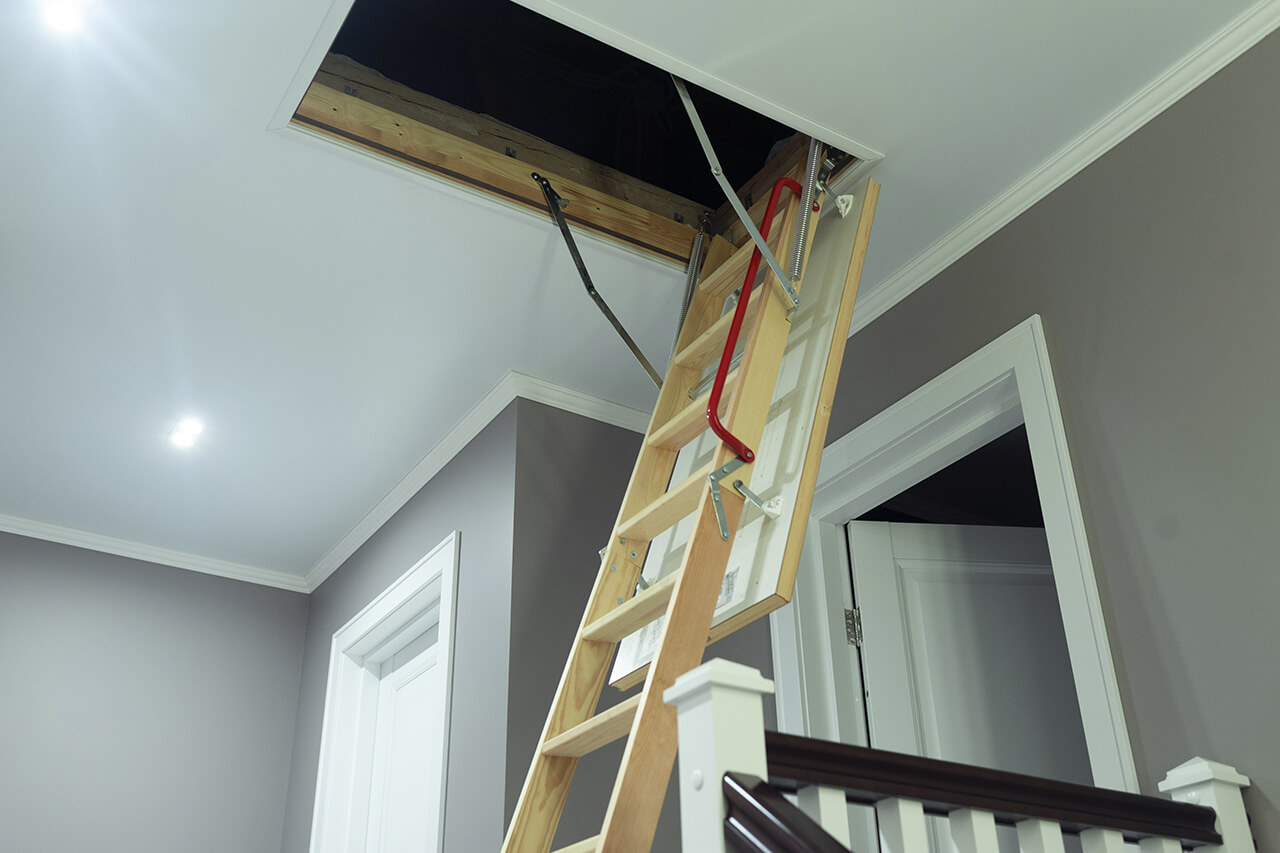
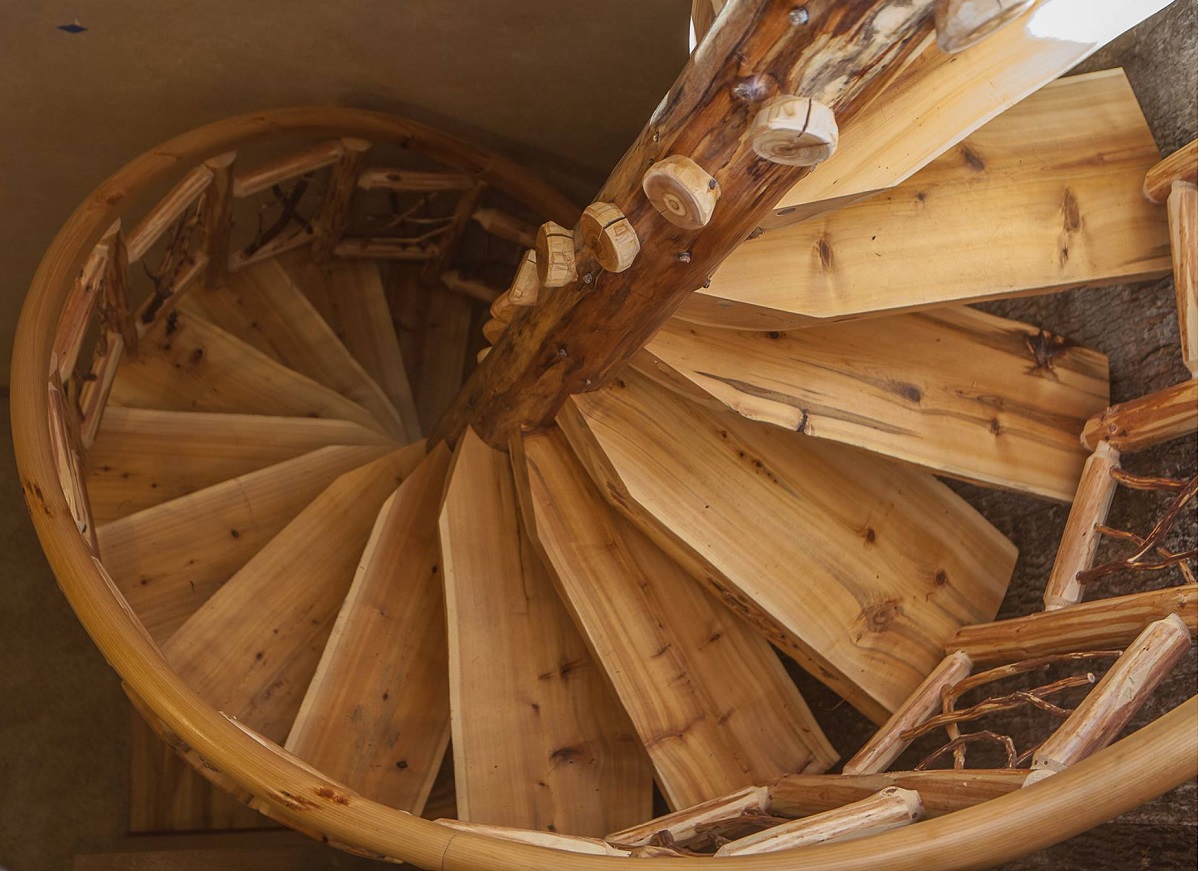
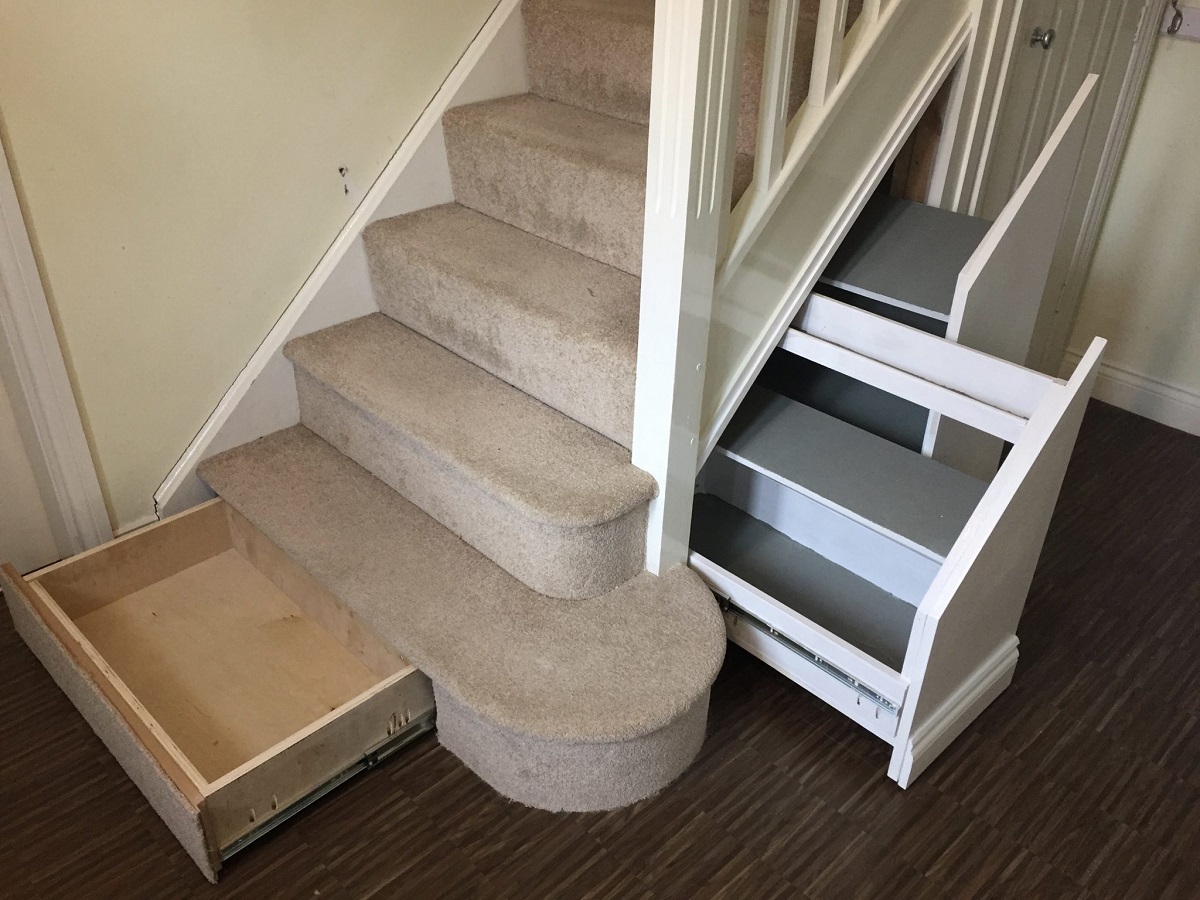
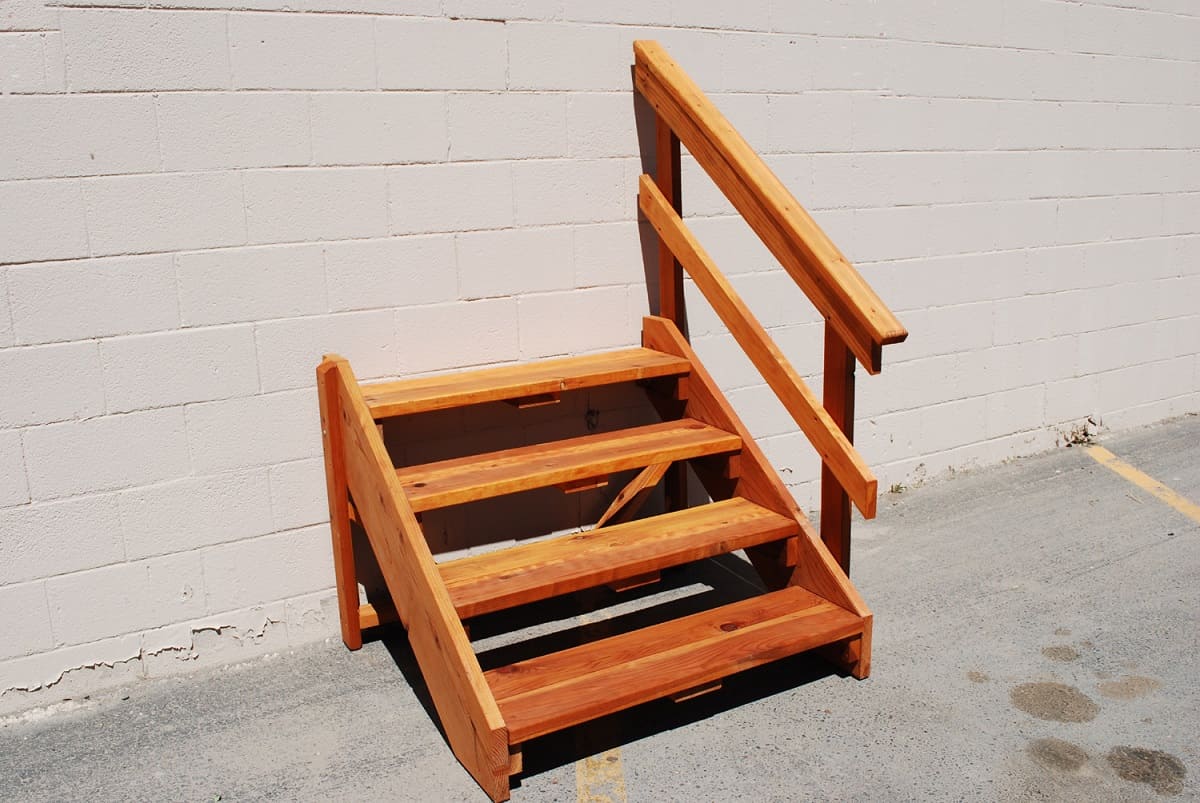
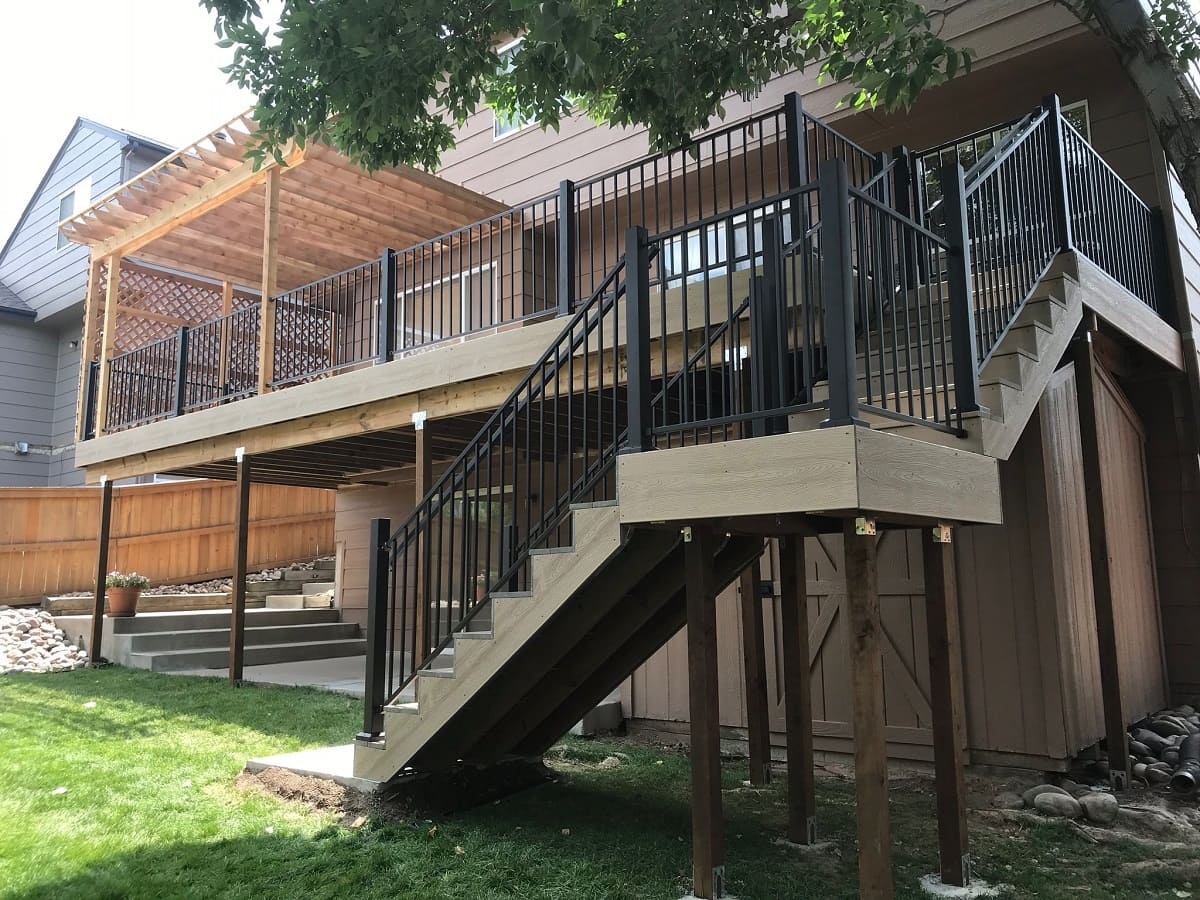
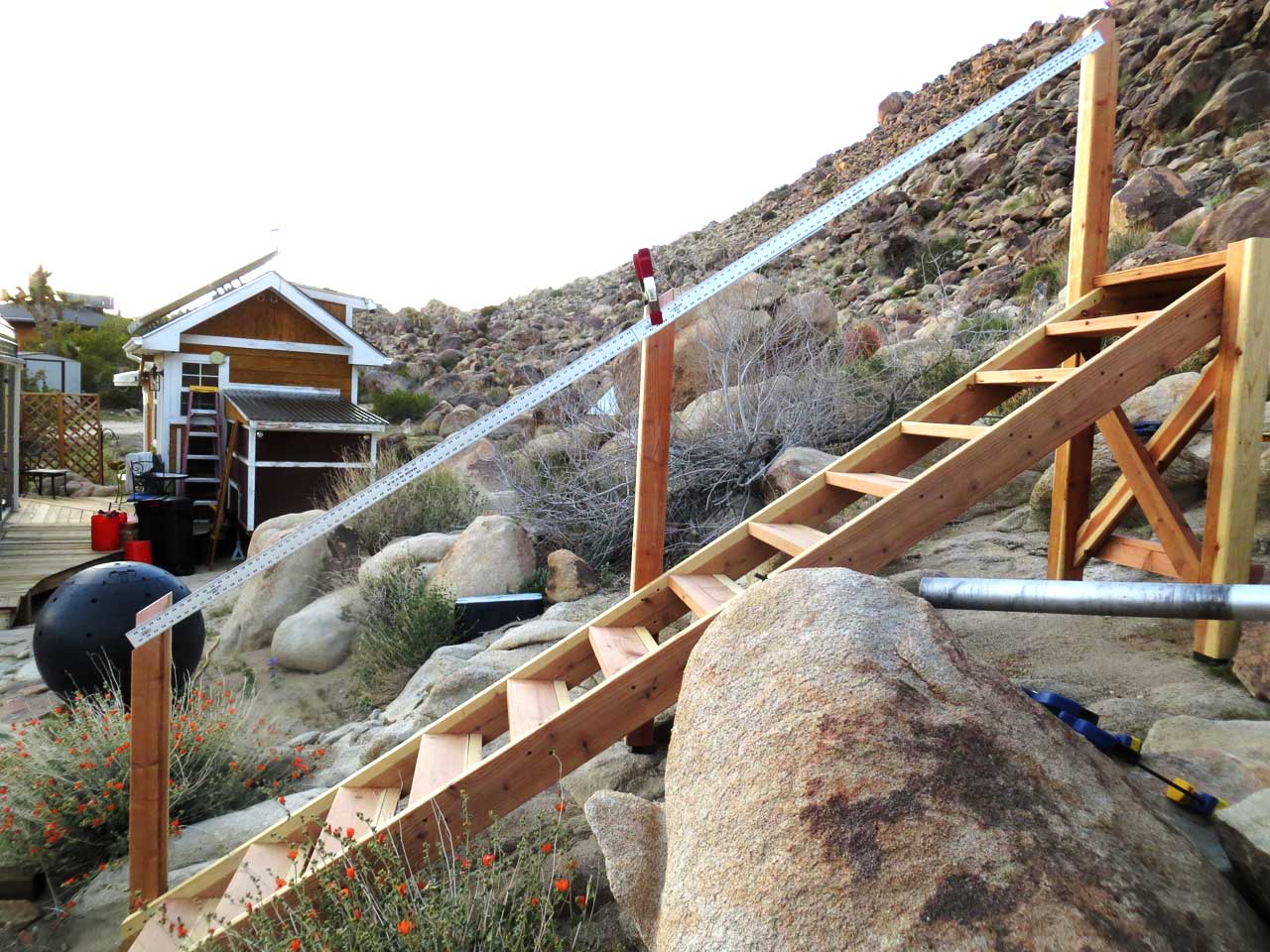

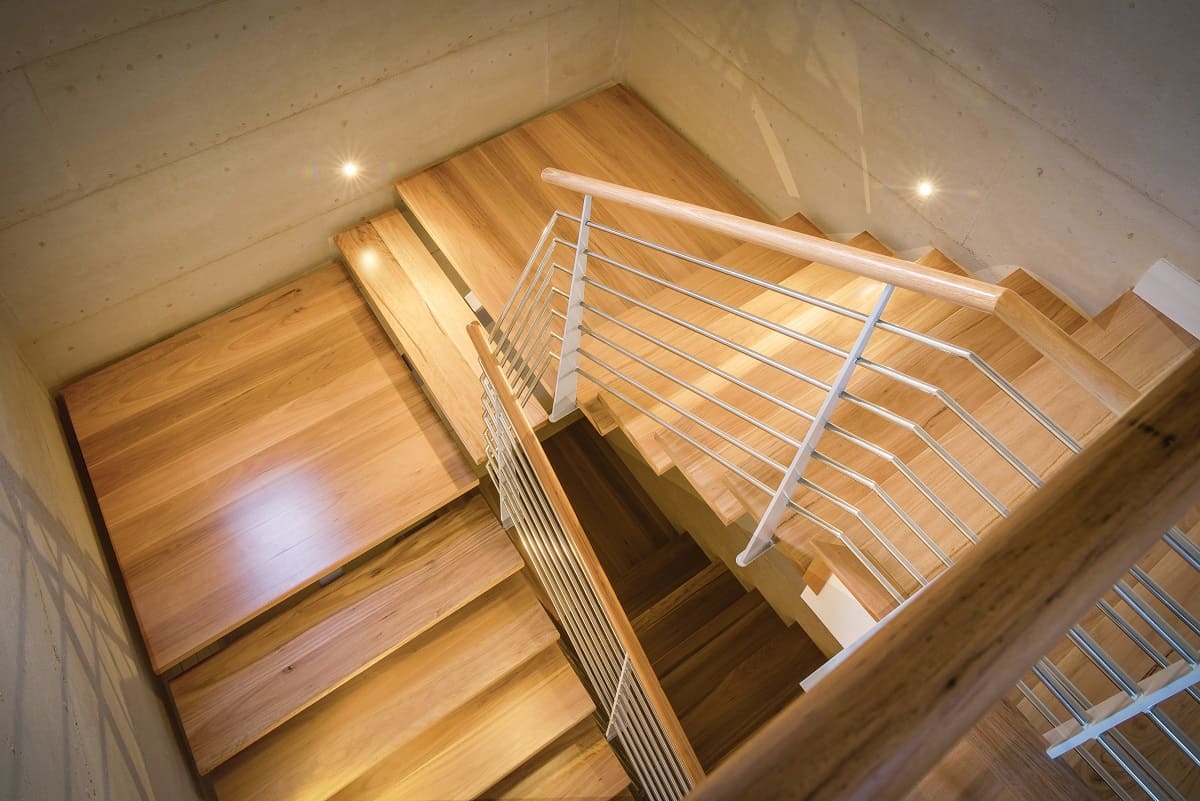
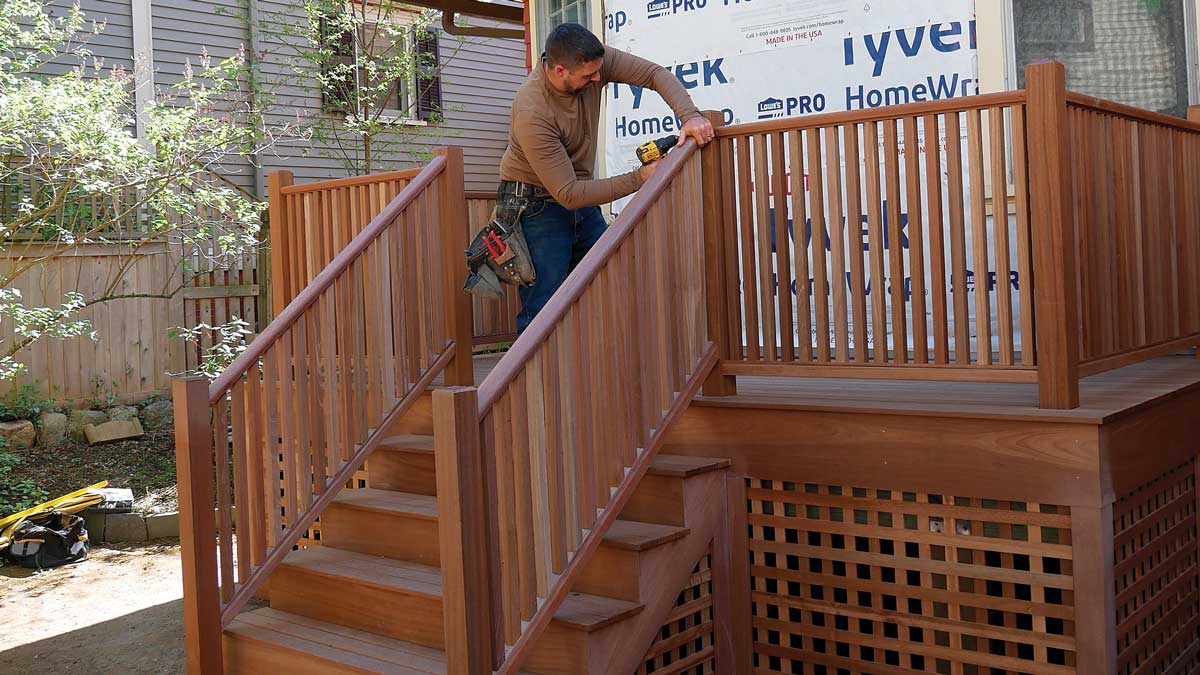
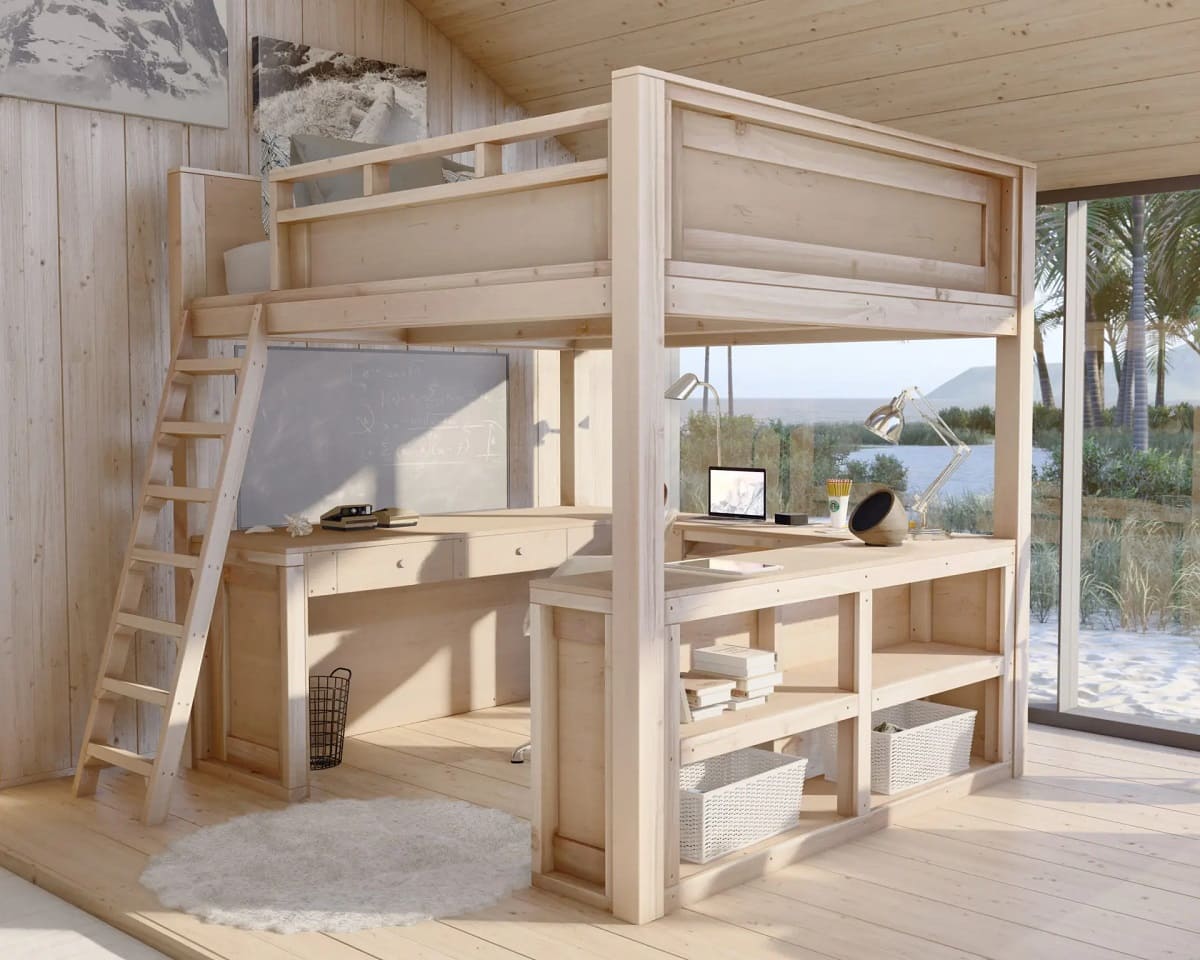
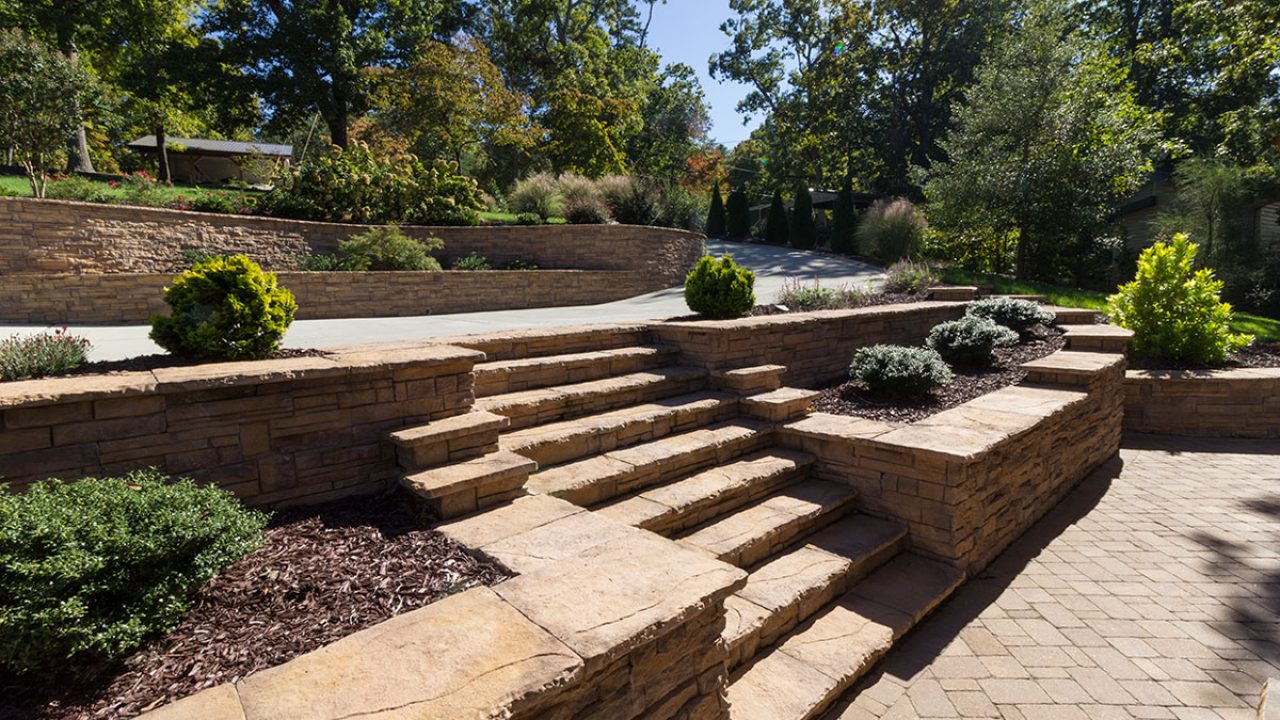
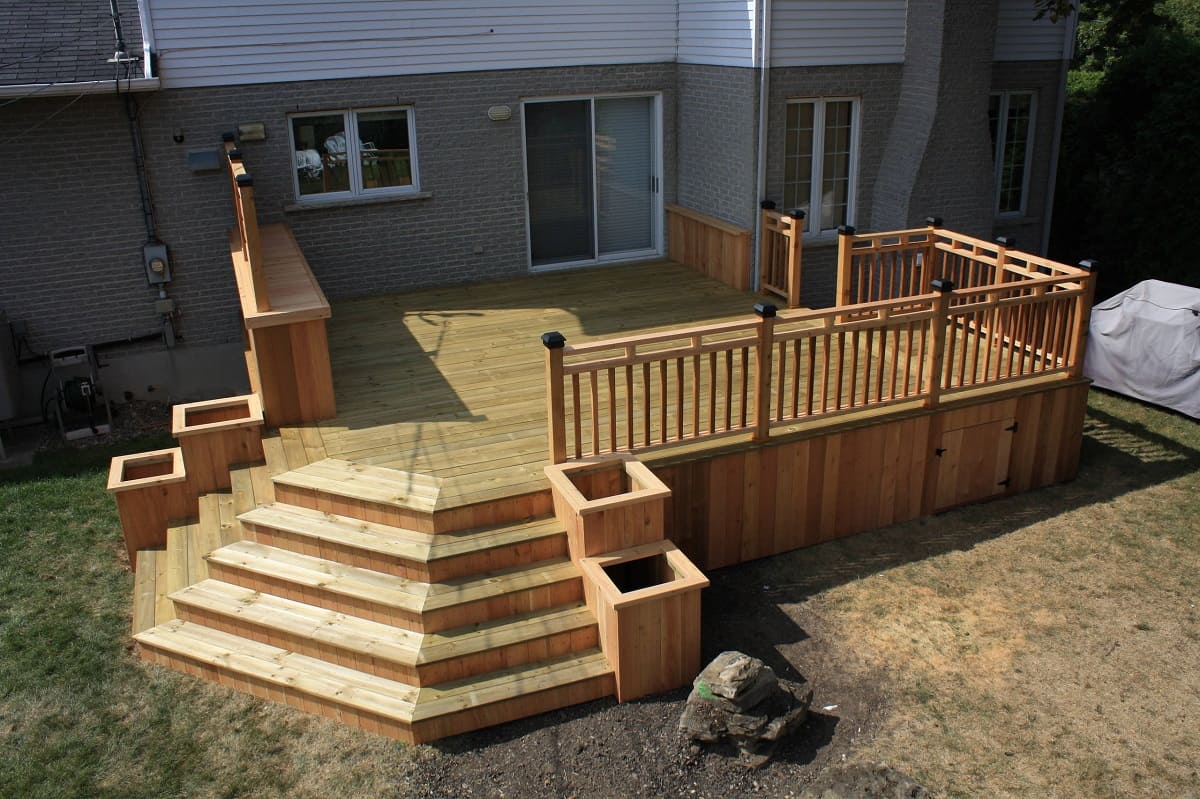

0 thoughts on “How To Build Stairs For A Mobile Home”